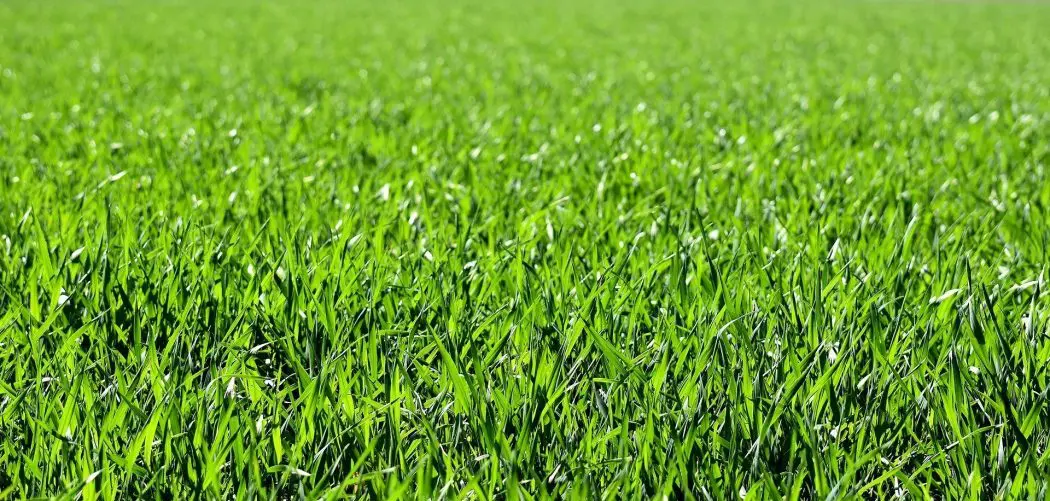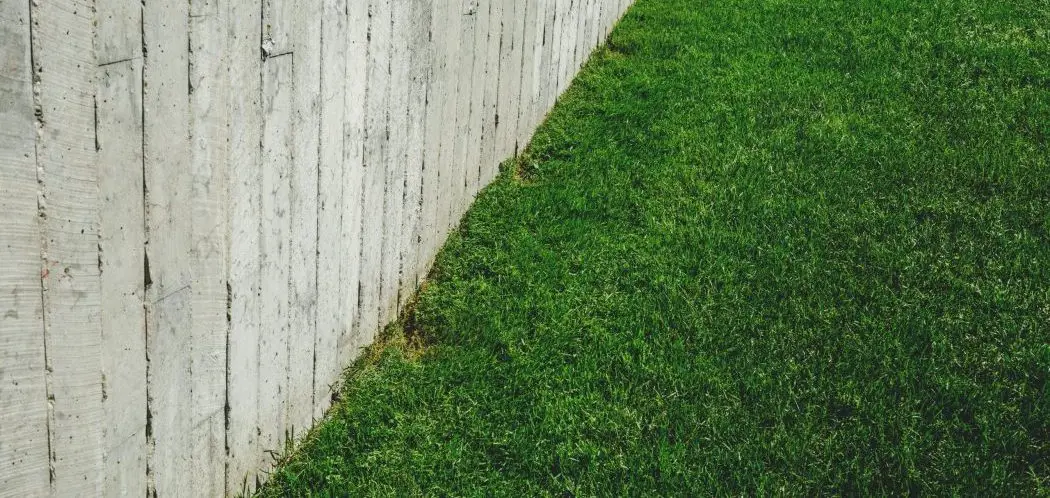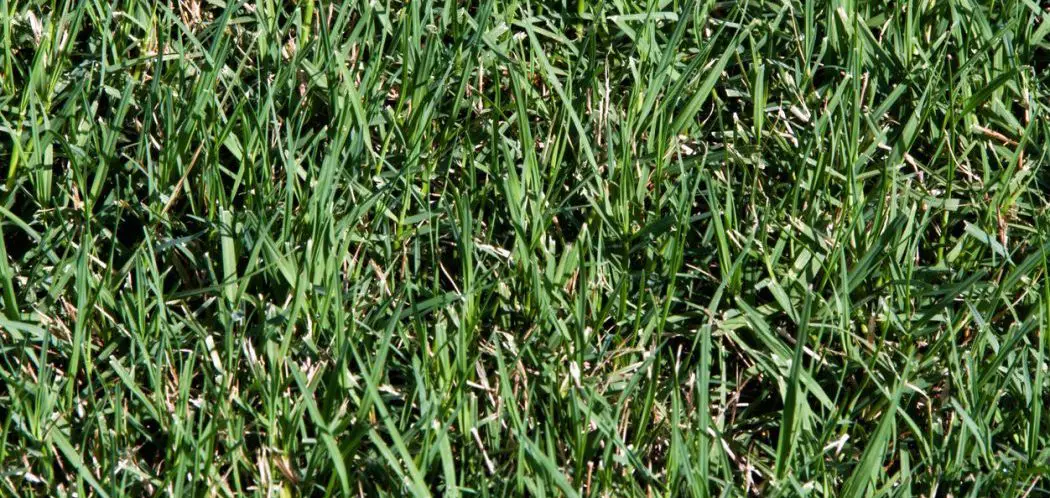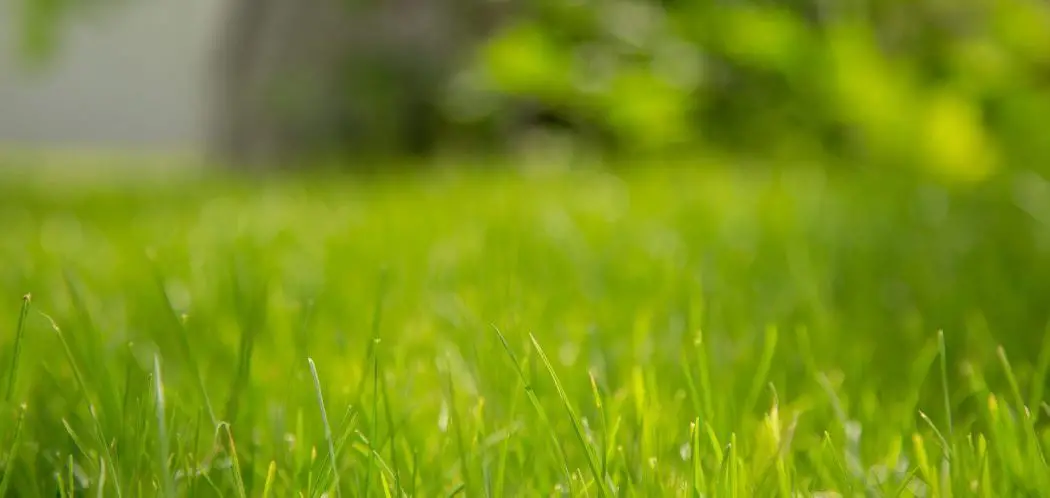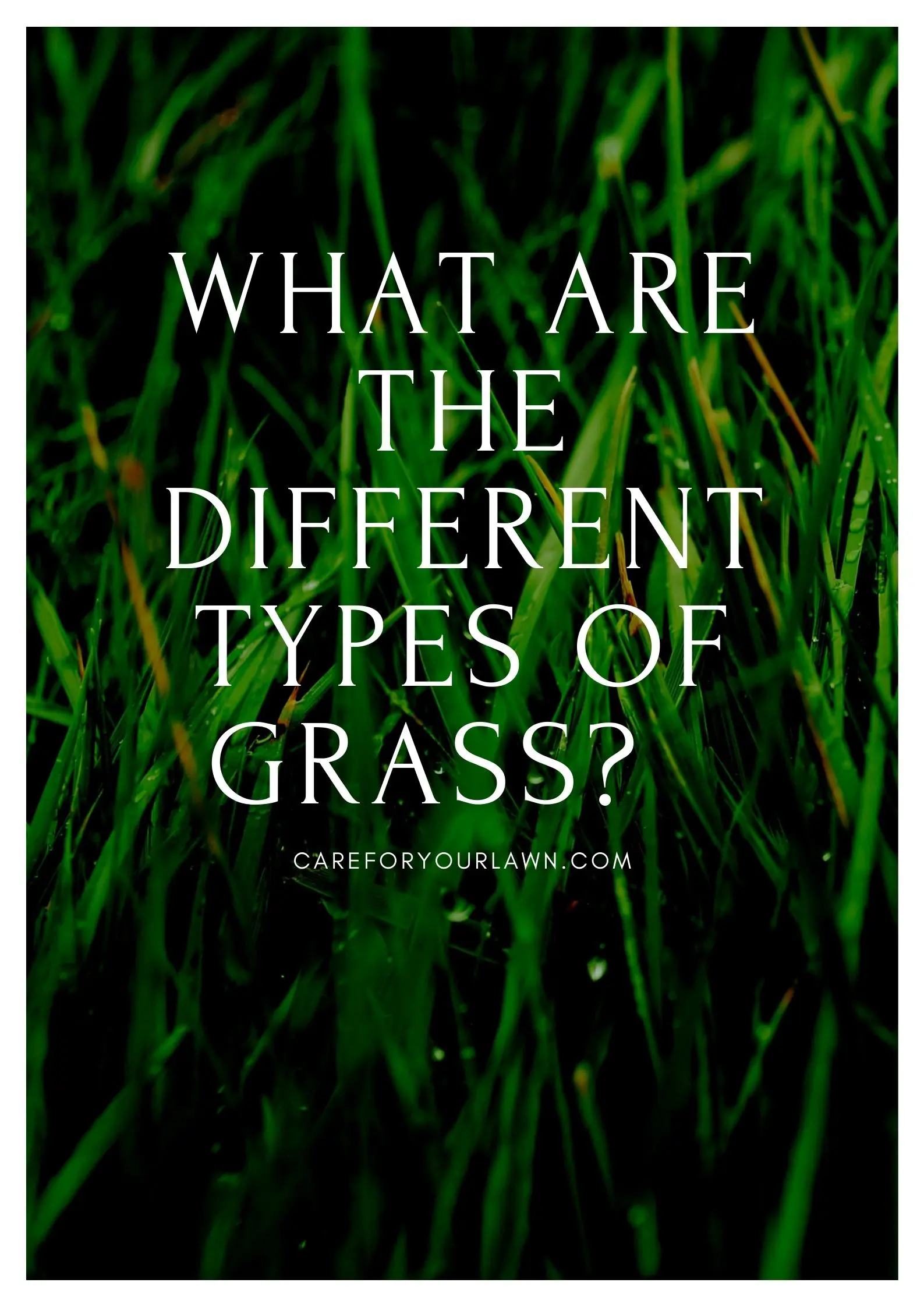 What are the different types of grass? Every lawn is composed of many blades of grass, but the size, design, color and texture of those blades vary greatly depending on which type of grass you choose to plant there. There are simply too many types of grass to list in this single article however, there are about ten types that seem to be very popular with homeowners and those are the ones that we’ll concentrate on here.
What are the different types of grass? Every lawn is composed of many blades of grass, but the size, design, color and texture of those blades vary greatly depending on which type of grass you choose to plant there. There are simply too many types of grass to list in this single article however, there are about ten types that seem to be very popular with homeowners and those are the ones that we’ll concentrate on here.
The type of grass you choose for your lawn will depend more on where you live than anything else. This is because certain grasses are made for certain climates. If you live in an area that stays warm most of the year, you won’t want to choose something that does better in cooler temperatures.
Essentially, most grass can be placed in one of the following two categories:
- Warm season grass: This grass grows best from April to October and in areas where the temperature stays warm throughout most of the year.
- Cool season grass: Cool season grass grows best from late spring to early fall and does especially well in areas such as the Northeast, North and the Pacific Northwest.
What Are the Different Types of Grass
Let’s take a look at some of the warm season grass first, which includes the following:
Bermuda Grass
Bermuda is some of the most beautiful grass in existence and is often used on golf courses because of its beauty. It is however, very time-consuming to maintain. It has to be mowed, watered and fertilized on a regular basis to keep it looking dense and green. The blades are small – only about 1/8” wide – and they look dark green in color.
Bermuda grass is especially popular in the central part of the United States. It’s usually mowed quite low, in part because that is what makes it look best.
Dichondra Grass
Found mostly in California and Arizona, Dichondra grass is gorgeous and has a rich color which makes it very popular with homeowners. It does need frequent watering and fertilizer since Dichondra grass can be prone to pests and disease. Other than that it requires nothing.
St. Augustine Grass
St. Augustine grass is thick and dense and has wide blades. Popular in places such as California. It’s often found on golf courses and it requires a lot of watering to maintain its look. It doesn’t grow very tall and is therefore perfect for homes.
The only thing you have to be careful of is the fact that it doesn’t tolerate cold weather very well. If you’re in a warm climate and you don’t mind frequent watering, St. Augustine might be just what you need.
Zoysia Grass
This type of grass is especially popular in the mid-United States. It has blades that are very narrow and which look like needles. It can look just like a carpet! If you choose this type of grass, it may take you up to one year to get it looking great, but it is worth the effort because of how attractive the look is. Even though it is a slow-growing grass, it is fairly easy to maintain and only requires an average amount of watering.
If you live in a cooler location, you’ll want a cool season grass. Some of the most popular types are listed here:
Annual Ryegrass
This grass does best if you live in USDA growing zones 5 or 6. This is a fast-growing grass that makes a great cover crop. Best of all, you can plant it in the fall or even in the spring if you like.
Easy to grow and easy to use to protect your crops, it essentially becomes a cover that protects whatever is around it. Other than the occasional rust, it is fairly low-maintenance and if you notice this rust, all you have to do is mow over it and apply a fungicide to it so that it doesn’t come back.
Bent Grass
Frequently found on golf courses, bent grass has blades that are narrow and flat and only grows up to 1/10”. You do have to water it often and it is a little on the expensive side. Still, if you are willing to water this grass daily and apply insecticides, fertilizers, and fungicides, it is certainly a beautiful type of grass to have in your yard.
Bluegrass
Bluegrass is a combination of fescues and ryegrass and is tolerant to cold, drought and even lots of foot traffic.
The blades are tall and thin with a very soft texture. Bluegrass has a deep green color and looks almost blue in certain lights. It is often combined with other types of grass because it is unable to tolerate extremes in either cold or heat. It is indeed very attractive and doesn’t need a lot of watering.
Creeping Fescue Grass
If you live in USDA growing zones 1 through 7, you can successfully grow this type of grass. Not only does it have a gorgeous color, it is also resistant to drought.
The soil does have to be moist to grow, although if it rains a lot where you live, you’ll need a good irrigation system. This type of grass is fairly easy to maintain.
Fine Rescue Grass
With a soft texture and a greenish-gray color, the fine rescue grass grows very fast. This means you need to make sure it gets enough water. It tolerates shady areas well, and the blades have fine tips that will grow up to about 1/16”. You’ll love the look of this grass, but keep in mind that it doesn’t do well in extreme heat or in very dry conditions.
In Summary – What Are the Different Types of Grass?
So now you know what are the different types of grass, it’s going to be easier to choose the one that’s right for you.
Just take your climate into consideration, do your research and you’ll have the perfect grass picked out in no time.

